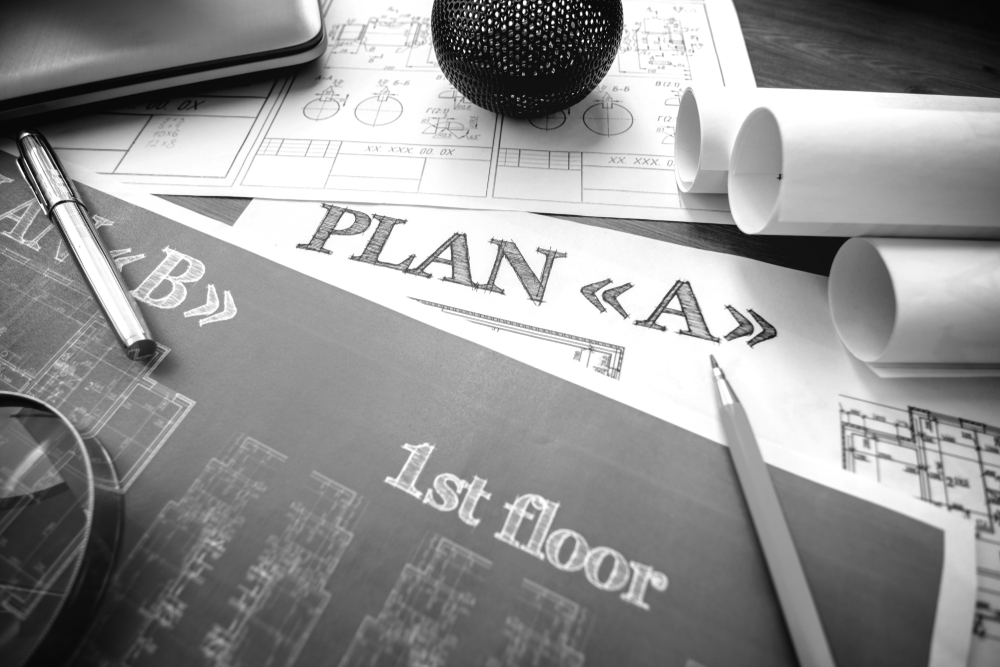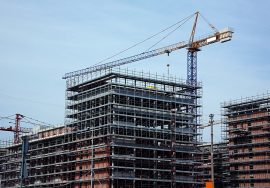How Construction Technology is Helping Control Costs
How Construction Technology is Helping Control Costs

In an industry where margins can be tight and project complexities can lead to unforeseen expenses, controlling costs is crucial for construction companies. Technology is playing an increasingly significant role in helping organizations manage budgets more effectively, streamline operations, and improve efficiency. Here’s a look at how construction technology is transforming cost control in the industry.
1. Building Information Modeling (BIM)
Building Information Modeling (BIM) is a game-changer in construction project management. It allows for the creation of detailed 3D models that integrate various aspects of a project, including materials, timelines, and costs.
Benefits:
- Enhanced Visualization: Stakeholders can visualize the project before construction begins, reducing the likelihood of costly design changes.
- Accurate Cost Estimation: BIM software can provide precise cost estimates by factoring in materials and labor directly from the 3D model.
- Clash Detection: BIM helps identify potential conflicts between systems (e.g., plumbing and electrical) early in the design phase, preventing expensive rework during construction.
2. Project Management Software
Modern project management software helps construction companies manage every aspect of a project from a centralized platform, improving overall efficiency.
Benefits:
- Real-Time Monitoring: Project managers can track budgets, timelines, and resources in real-time, allowing for quick adjustments to keep the project on track.
- Collaboration Tools: These platforms enhance communication between team members, subcontractors, and clients, reducing misunderstandings that can lead to cost overruns.
- Data Analytics: Many project management tools offer analytics capabilities, enabling firms to identify trends and areas for improvement in future projects.
3. Mobile Technology
The use of mobile technology has revolutionized the construction industry, allowing for increased flexibility and on-site communication.
Benefits:
- Instant Access to Information: Field teams can access project plans, schedules, and budgets in real-time, facilitating faster decision-making.
- Improved Documentation: Mobile apps allow for efficient documentation of daily activities, changes, and incidents, helping to track costs more accurately.
- Time Tracking: Mobile solutions enable accurate tracking of labor hours, reducing the risk of payroll discrepancies and ensuring that workers are billed correctly.

Design-and-Build-Service
4. Drones and Aerial Imaging
Drones are becoming an integral part of construction technology, offering a unique way to monitor project progress and site conditions.
Benefits:
- Site Surveys: Drones can quickly capture high-resolution images and topographical data, reducing the time and cost associated with traditional survey methods.
- Progress Tracking: Regular aerial imagery allows project managers to assess progress against timelines, helping to ensure projects stay within budget.
- Safety Inspections: Drones can be used to inspect hard-to-reach areas, reducing the need for scaffolding and minimizing safety risks.
5. IoT (Internet of Things)
The Internet of Things (IoT) involves connecting devices and systems to collect and analyze data, providing valuable insights for cost management.
Benefits:
- Asset Tracking: IoT sensors can track equipment usage and location, ensuring that assets are utilized efficiently and reducing losses from theft or misplacement.
- Predictive Maintenance: IoT devices can monitor equipment health and predict failures, allowing for maintenance before breakdowns occur, which helps avoid costly repairs and project delays.
- Energy Management: Smart sensors can optimize energy usage in buildings, lowering operational costs during and after construction.
6. Prefabrication and Modular Construction
Prefabrication and modular construction involve assembling components off-site before transporting them to the construction site, reducing labor and material costs.
Benefits:
- Reduced Waste: Off-site construction minimizes material waste and allows for better resource management.
- Shortened Timelines: Faster assembly times on-site lead to reduced labor costs and quicker project completion.
- Quality Control: Controlled manufacturing environments lead to higher-quality products, reducing the costs associated with defects and rework.
Conclusion
Construction technology is a powerful ally in controlling costs, helping companies streamline operations, improve communication, and enhance decision-making. By leveraging tools such as BIM, project management software, drones, IoT, and prefabrication, construction firms can significantly reduce the risks of cost overruns and ensure more predictable project outcomes. As the industry continues to evolve, embracing technology will be essential for remaining competitive and profitable.
External Resources for Legal Guidance
Mistakes in Construction Project Management
Read more related articles to enhance your knowledge and make informed decisions
10 Essential Steps in the Building Construction Process
How to Choose the Right Materials for Your Construction Project








